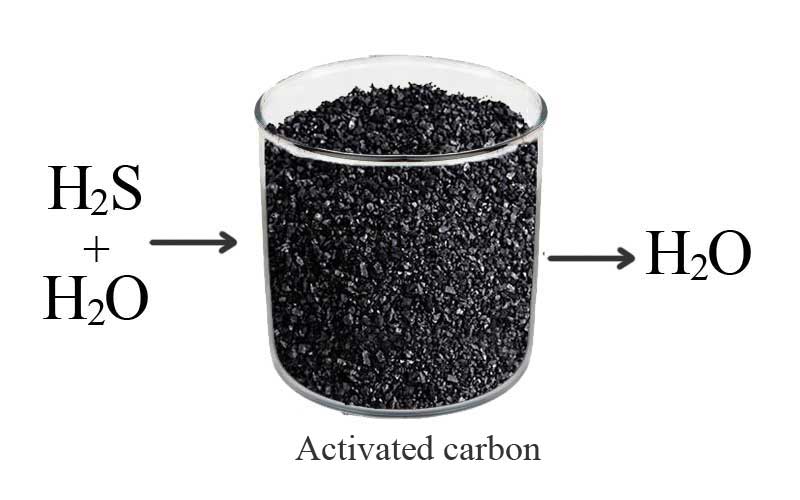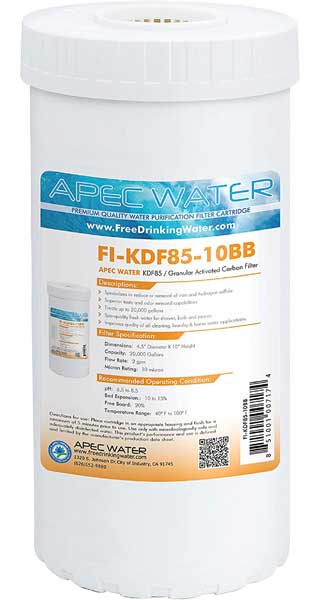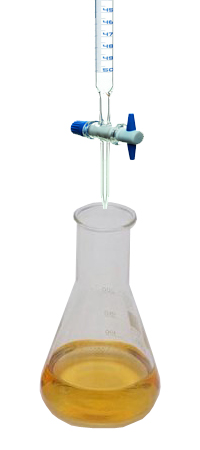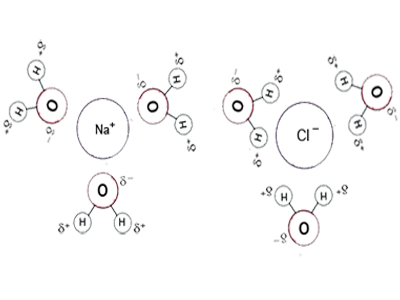Did you know that hydrogen sulfide can be found in water? In fact, it’s quite common! This gas has some rather unique properties and can be a major health hazard if not dealt with properly. In this article, we will discuss the properties of hydrogen sulfide in water, as well as the various sources and test methods. We will also look at the dangers of this gas, and how to remove it from water systems. Stay safe!
What is hydrogen sulfide and where does it come from?
Hydrogen sulfide is a gas that is naturally present in water. It’s a colorless and flammable gas. It has a strong, unpleasant odor that is often described as smelling like rotten eggs. This gas is soluble in water, so it can easily end up in groundwater or surface water.
This gas is produced when sulfur-containing minerals decompose in the presence of water and sulfate-reducing bacteria. Hydrogen sulfide can also come from human activity, like sewage treatment plants or livestock operations. It can also be released into the air when fossil fuels are burned.
What are the health risks associated with hydrogen sulfide gas in water supplies?
Exposure to hydrogen sulfide gas can cause a number of health problems, including headaches, dizziness, nausea, coughing, and difficulty breathing. In high concentrations, hydrogen sulfide gas can be fatal. Usually, it is not a health risk at concentrations present in household water. If you suspect that your water supply is contaminated with hydrogen sulfide gas, it’s important to contact a professional immediately.
The U.S. Environmental Protection Agency (EPA) has set a maximum contaminant level (MCL) of 0.05 milligrams per liter (mg/L) of water for hydrogen sulfide. This is the level at which water is considered safe for human consumption.
Effects on plumbing
If you have hydrogen sulfide in your water, it can cause some serious problems with your plumbing. The gas can corrode metals, and it will also speed up the deterioration of rubber and plastic. This can lead to expensive repairs or even the replacement of your entire plumbing system. It can cause black stains on plumbing fixtures.
Test methods of hydrogen sulfide in water
There are several methods that can be used to test for hydrogen sulfide in water. The most common method is the use of an oxygen sensor. This method measures the amount of oxygen in the water and uses this information to calculate the level of hydrogen sulfide present. Other methods include the use of a colorimetric test kit or the use of an ion-selective electrode.
The most common methods include colorimetric, titrimetric, and iodometric methods.
The most obvious way is by the water’s odor. If your water smells like rotten eggs, then it likely contains hydrogen sulfide.
Other ways to test for the presence of this gas include using a match or lighter. If you hold a lit match near your water sample and it makes a “popping” sound, then there’s a good chance your water is contaminated with hydrogen sulfide.
When testing for hydrogen sulfide, you might notice a change in color in your test sample. This is because the gas reacts with iron to form iron sulfide, which is black.
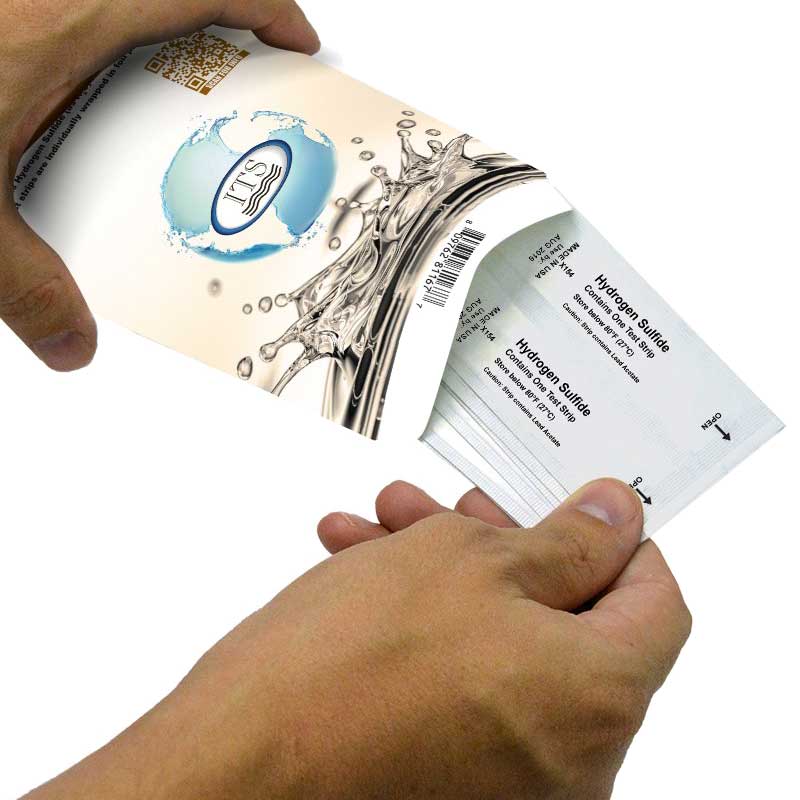
If you suspect that your water may be contaminated with hydrogen sulfide, it’s important to have it tested by a certified laboratory.
How can you reduce the amount of hydrogen sulfide in your water supply?
Once the levels of hydrogen sulfide have been determined, there are a number of treatment options available. The most common methods include aeration, chlorination, and ultraviolet disinfection. There are a few ways to do this:
-Install an oxidation unit: The most common way to remove hydrogen sulfide from water is by using a chemical oxidizer like chlorine or potassium permanganate. This will help to break down the hydrogen sulfide molecules into less harmful substances.
-Make sure your water is well aerated: This means adding air to the water, which will help to dissipate the gas.
-Use a reverse osmosis system: Another option is the use of a reverse osmosis system. This system will remove all impurities from your water, including hydrogen sulfide.
-Add a water softener: This will help to bind the hydrogen sulfide molecules to the softener, making them less harmful.
-Use an activated carbon filter: This will absorb the hydrogen sulfide from your water. This type of filter can effectively remove hydrogen sulfide from your water, and will also improve the taste and smell of your water.
Among these systems, it is important to choose a method that is safe and effective.
What are some common myths about hydrogen sulfide gas in water supplies?
Hydrogen sulfide is a gas that is naturally present in water. It is produced by the decomposition of organic matter and is often found in areas with high levels of sulfur. This gas has a strong odor and can be very dangerous if inhaled. Symptoms of hydrogen sulfide poisoning include headaches, dizziness, nausea, and respiratory problems. If you think you may have been exposed to this gas, it is important to seek medical attention immediately.
Conclusion| Hydrogen Sulfide in Water
In conclusion, This gas can be very dangerous if inhaled, so it is important to take proper precautions. If you have any further questions about hydrogen sulfide in water, please feel free to contact us. If you think you may have been exposed to this gas, it is important to seek medical attention immediately. Do you have any questions about hydrogen sulfide in water? Leave them in the comments and we’ll do our best to answer them! Thank you for reading! Stay safe!
